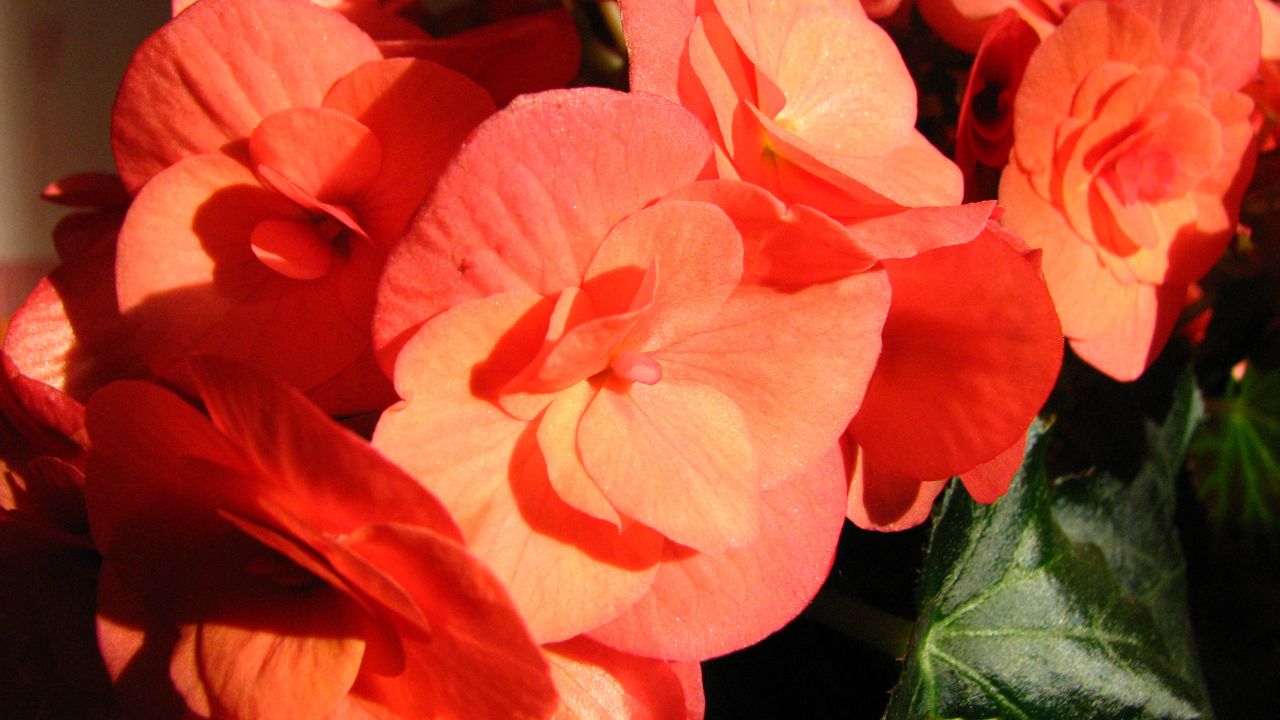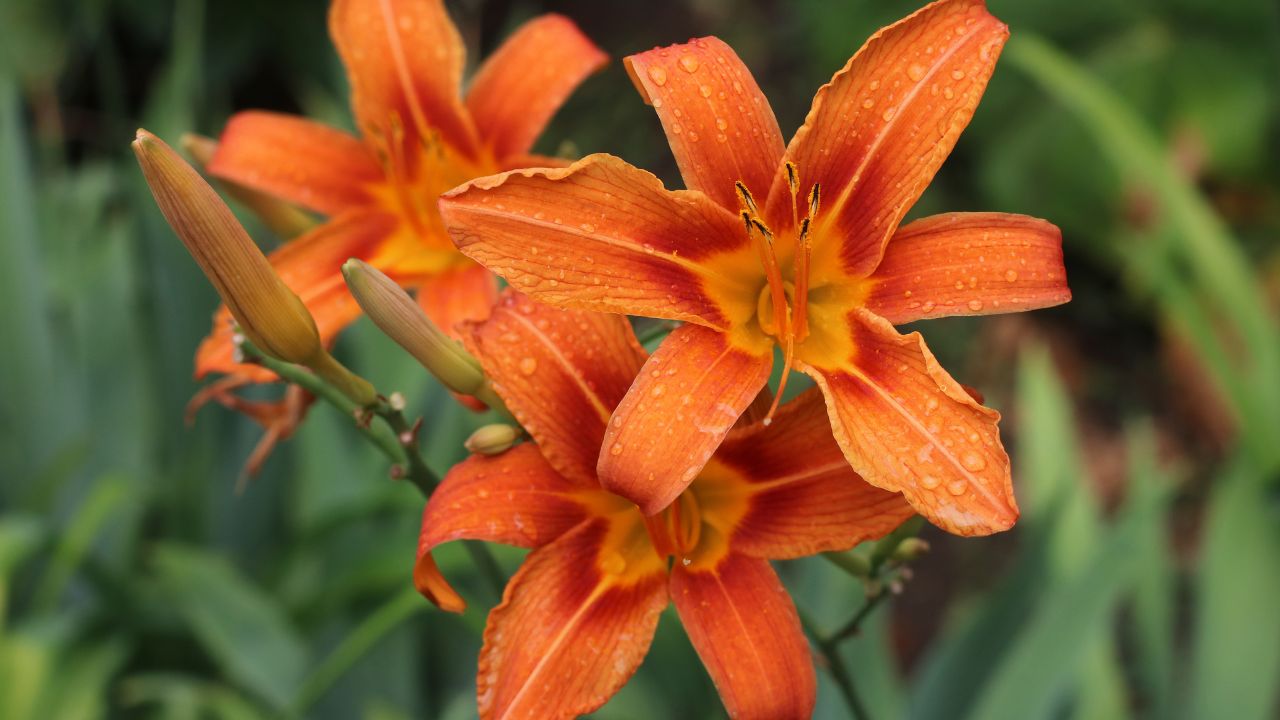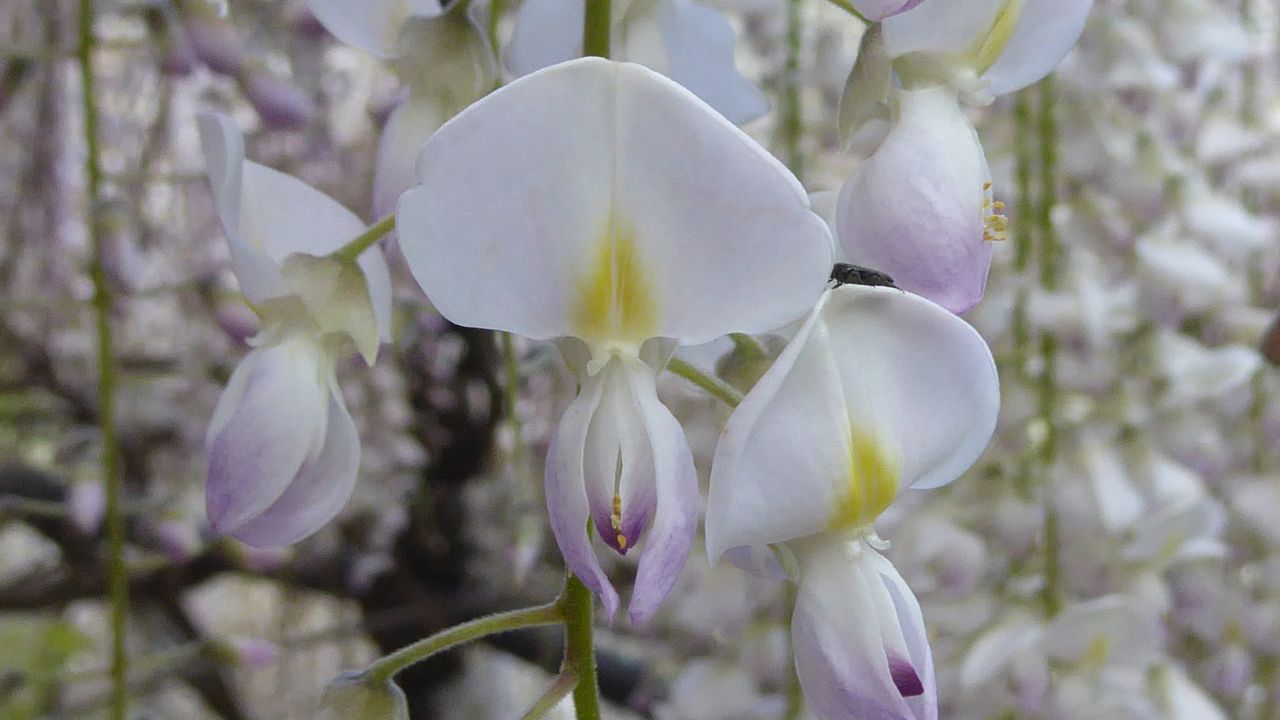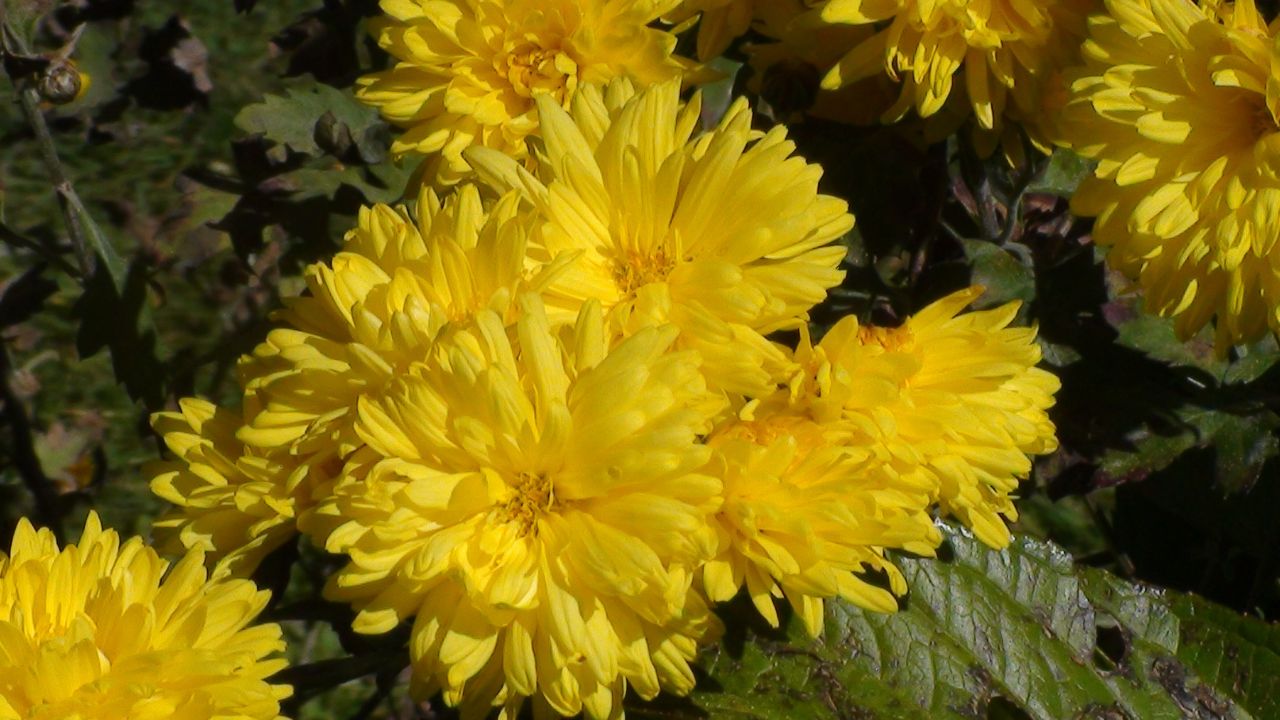Did you know there’s a way to help any flower regrow fuller and healthier? It works for annuals, perennials, and many types of flowers. And it’s the most metal gardening technique I’ve ever heard of deadheading.
Although it’s not a nod to the Grateful Dead, this gardening tactic is a simple but effective way to keep your garden looking its best and encourage more beautiful blooms next season. This method prevents seed production, redirecting the plant’s energy for fuller growth. It also keeps plants neat if you want to achieve a Chelsea Garden Show look.
Look for flowers that are wilted, brown, or dried out. Prune the bud where the flower meets the leaf or branch. For some plants, you should keep the seeds; for others, compost them.
Marigolds
These gorgeous golden blooms grow best in the fall. Deadheading keeps these beauties alive longer through the season. As they grow from seed, removing the blossoms makes it much easier to plant more of these flowers. You can start these seeds in a pot or the ground. Saving seeds for the following year is also an option, as these flowers only last a year.
Petunias
These annual flowers come in many pretty colors. They bloom for several weeks through spring and last until the first frost. They’re great for pops of color in hanging baskets, at the edges of garden beds, or as full ground cover. Deadheading the flowers allows the grandiflora petunia variants to blossom even bigger.
Zinnias
These bright-colored summer-blooming flowers attract tons of butterflies. They’re great for butterfly gardens, too. Because they grow on single stems, the variance comes from their different shapes based on the number of rows of petals. Some are taller, and some are shorter, making them ideal for any garden. Deadheading encourages more flowers to bloom, but leave the last round of flowers to fully mature and scatter their seeds if you want them to return next year.
Cosmos
Cosmos are self-seeding, so deadheading is a good solution if you don’t want more of them the following year. Alternatively, if you don’t want them scattered throughout your garden, deadheading the dead buds will save you from scattered Cosmos. If you want them to flower longer, prune the dead or faded flowers for better development and branching.
Impatiens
These summer-to-fall flowers attract songbirds even after a late frost. Though they can be propagated from stem cuttings, deadheading for seeds works, too. Impatiens also attract deer, which could be a plus or a minus depending on your wildlife situation. One variant of this species is rose balsam, which produces seed pods that explode when touched, giving them the name “touch me not.”
Begonias

These ornamental annuals are popular indoors and outdoors. They are easy to propagate and care for and are happy in baskets, pots, and flower beds. Because these are such chill flowers, it should be no surprise that they produce many seeds. If you do not want a ton of begonias outside and you planted them in the dirt, deadhead them.
Geraniums
These are popular basket plant ornamentals like begonias. They are happy indoors or outdoors and love lots of sun. Cut their dead heads off if you want them to bloom all summer. Wait until an intense rain or a bloom gets its biggest before removing the bud. You don’t necessarily need to prune these, but finger-pinching the blossoms works fine, too.
Sunflowers
These wild beauties can be cultivated just about anywhere. Although they’re annuals, most are self-seeding, which is why you see so many fields on the side of the road. Because these are hardy summer plants, deadheading them doesn’t just prevent more growth: if your sunflowers grow in fertile soil, you’ll have lots of tasty treats thanks to the seeds and oil produced by the plant.
Daisies
Daisies are perennials, but getting them to grow back more extensive and beautiful each year takes a little more work. Deadheading helps these blossoms last longer each season. The flowers get bigger as more energy is redirected towards their leaves and roots, providing better energy when the buds develop in the spring.
Coneflowers
These fabulous flowers self-seed and multiplied in the wild or cultivated garden. Coneflowers are perpetual bloomers, so deadheading doesn’t kill them but makes them more resilient. One of the most significant benefits of deadheading is redirecting the photosynthetic energy plants produce. Removing the big seed pod and bloom helps plants flourish even late into their growing season.
Peonies
Deadheading is the way to go if you want the fullest, most luscious peonies ever. These flowers are prized for how large the blossoms develop. Preventing disease is the most significant benefit aside from encouraging larger growth. If removed before fully blooming, secondary blooms encourage larger growth for the primary buds on the plant deadheading.
Daylilies

Not all lilies can be deadheaded, but daylilies can. When deadheading, start with the blossoms that have already started to wilt, as pruning is necessary to avoid spreading disease from the decaying buds. Remember, lilies are toxic to cats and can have ill effects on dogs, so discard your trimmings in a secure place.
Hibiscus
Since many hibiscus blooms only last one day, chopping off these flowers dramatically affects overall floral growth. Deadheading is a good solution if you want to see more hibiscus blossoms than most plants produce. Pinch off the blooms for easy removal.
Coreopsis
Though these look like daisies, they aren’t. Coreopsis have a long flowering season, so deadheading helps them grow back better than ever. Using this gardening tactic, you can avoid pulling out unwanted crowns. A quick snip will surely bring bright yellow buds into your late fall evenings.
Phlox
These clusters of violet flowers grow wild, meaning they self-seed. Removing the faded flowers prevents seed heads from developing, so you don’t have to worry about phlox crowding out other plants and removing the competition their self-seeding brings to your garden. They can also become invasive species if left unchecked, and removing the dead buds prevents that.
Blanket Flowers
Like the other perennials on this list, blanket flowers don’t self-seed. They’re short-lived, so dividing them is the best way to get them to go. Deadheading helps stimulate growth, but these flowers only need the help if you experience longer summers. Heat tends to make them wilt more.
Hybrid Tea Rose
Roses and the many ways to care for them provoke much discussion in gardening. Different varieties require different levels of care based on growth patterns, hardiness, and more. Not everyone would agree that deadheading any Rose is a good idea, but this pruning method works wonders for bigger and better blooms. For hybrid tea rose variants, traditional deadheading faded or wilted blooms promote further blooming.
Floribundas

Like other multi-flowering plants, the floor bundle produces many blooms on a single stem. A hybrid of two different Rose types, floribundas seem more intimidating than they are. These cultivars also benefit from deadheading. The more energy they have to bloom but get deadheading, the bigger they could be.
Grandifloras
Another rose hybrid, grandifloras, is a cultivar with enormous blossoms. Deadheading these hybrids creates more oversized flowers, one of the most desirable benefits of this gardening tactic. Keeping up with any rose hybrid, especially if you want a showy Rose Garden, means occasionally pruning faded blossoms.
Lantana
These brightly colored beauties are another popular favorite for butterflies. They come in many varieties of pink, yellow, and red. They also grow wild, meaning they’re self-seeding and are prolific spreaders. If you want a ton of pollinator-friendly ground cover, these flowers are for you. If you wish to limit lantana in your garden, deadheading is the best way to prevent their crazy spread rate.
Verbena
If you want violet verbena beauties to benefit from good pruning like any other bloom, you want them to grow bigger and keep coming back; you couldn’t deadhead these flowers once a week. So, they extend their flower power throughout this season and keep a beautiful, healthy color.
Salvias
Salvias are a wildly varied type of flower. There are popular Wildflower variants like Woodland Sage. Like other seasonal blooms on this deadheading, the blossoms encourage further growth throughout the season. Prune the faded blooms if you want more life out of your salvia. Aim for the middle of summer once most blooms on a stem have faded or died.
Dahlias
Roses, peonies, and dahlias are famous for their bright, huge blossoms. Deadheading these beauties guarantees bigger blossoms, making them even more attractive. With continued deadheading, these flowers will continue to bloom until the end of their growing season, winter.
Chrysanthemums

Like marigolds, mums are popular fall flowers. They come in various colors, from white to golden red. Their color variety makes them popular throughout the season as other plants start to wither and fade. Deadheading prolongs blooming and prevents self-seeding for certain varieties. Pinching is preferable to pruning as it’s gentler on the stem.






